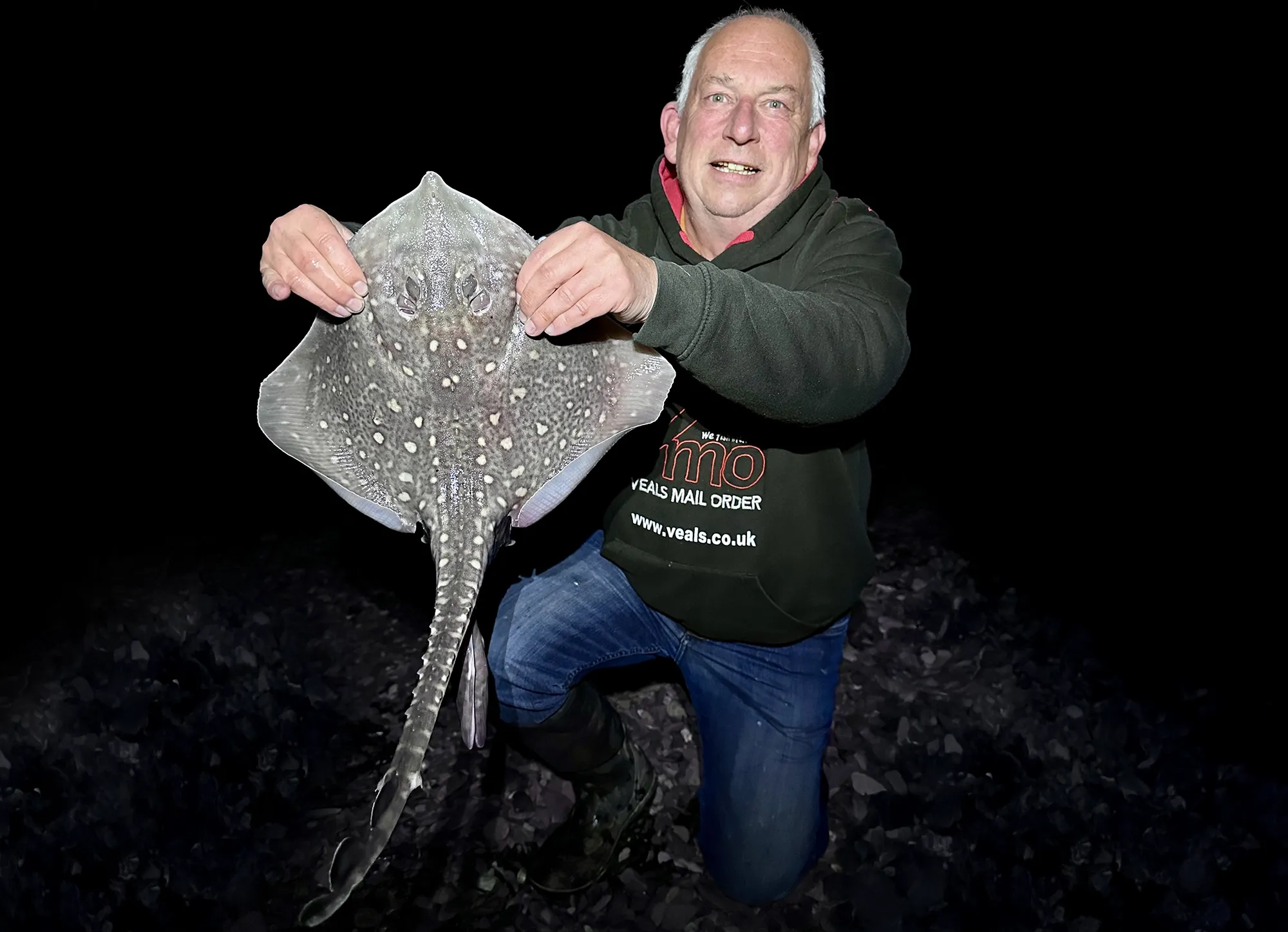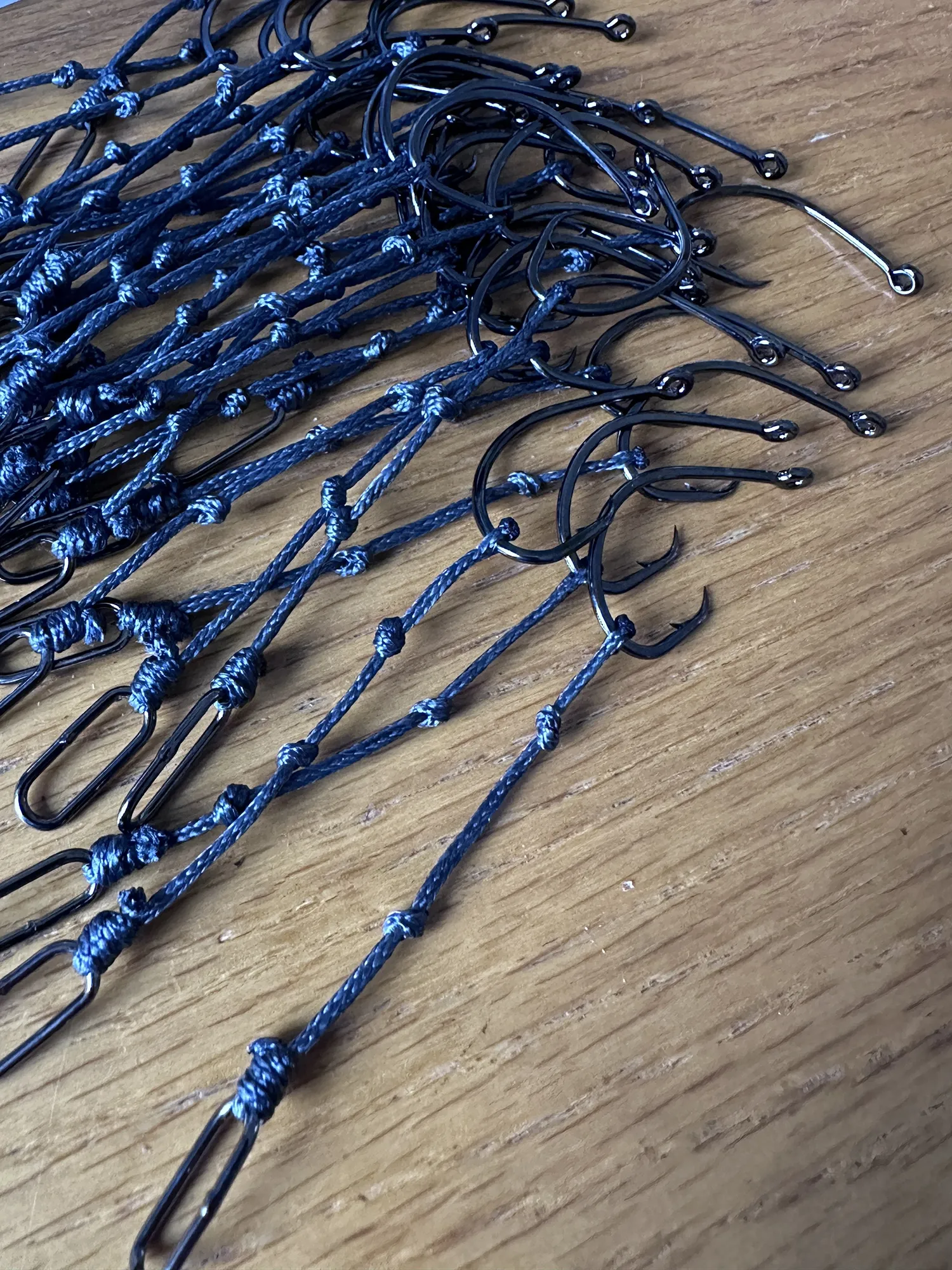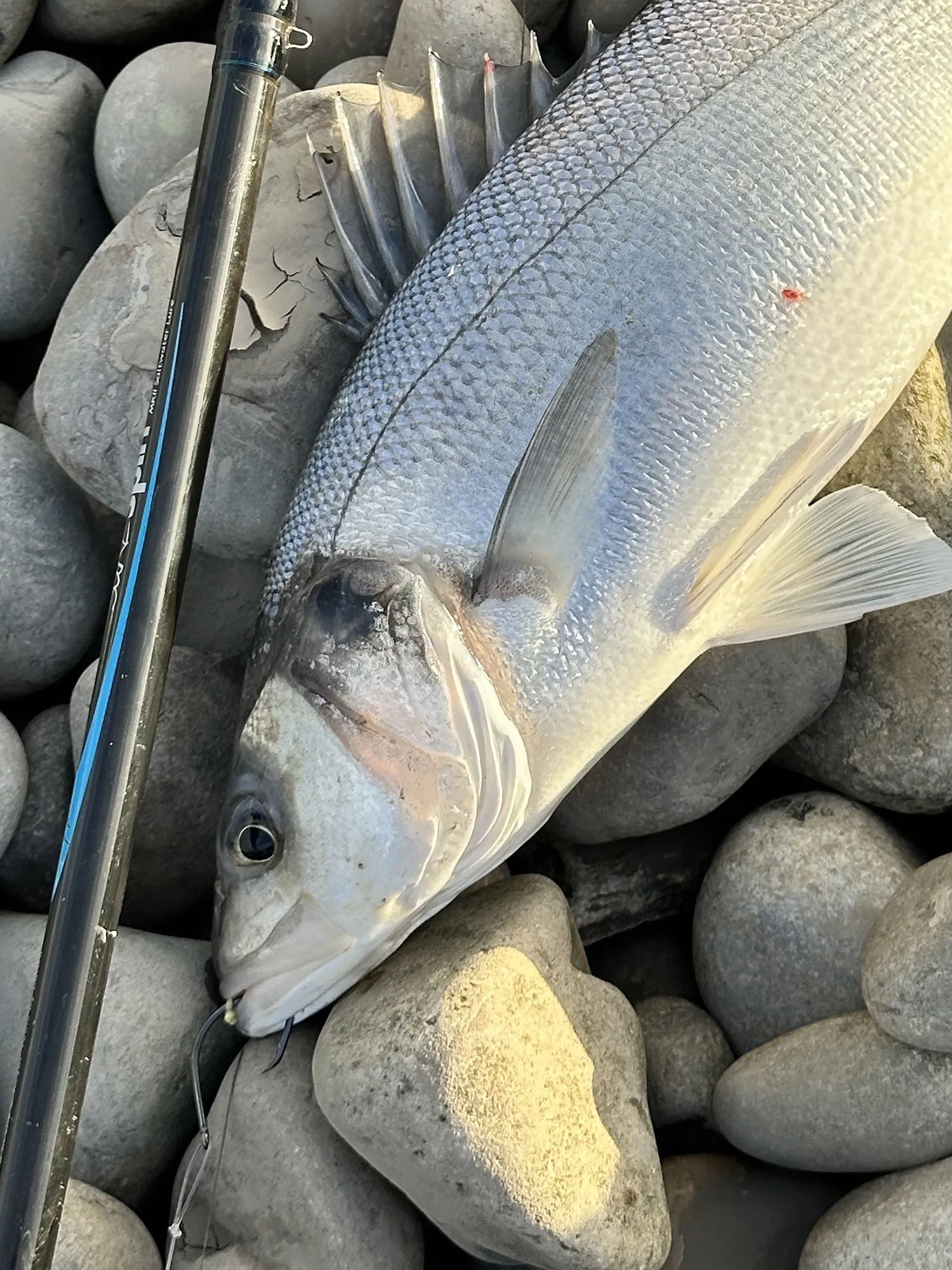Innovative Sea Fishing Rigs: A Clever Twist on a Classic Weak Link Design
Explore this blog to learn more about Innovative Sea Fishing Rigs: A Clever Twist on a Classic Weak Link Design.
Published on July 14, 2025
- /
- Blogs /
- Innovative Sea Fishing Rigs: A Clever Twist on a Classic Weak Link Design
Innovative Sea Fishing Rigs
A Clever Twist on a Classic Weak Link Design
Hats off to whoever came up with this clever piece of tackle engineering. While exploring a low water mark last week, I stumbled across a unique sea fishing rig that immediately caught my eye. There was no leader attached, so I suspect it was unintentionally left behind at the end of a session—a scenario many anglers can relate to. But what really stood out wasn’t just the abandonment—it was the ingenuity behind the setup.

The classic Rotten Bottom concept
Many seasoned shore anglers will already be familiar with the fundamental concept of this weak link release system. It typically involves a wire arm that is folded back against the main stem of the device, secured in place by a bead or disk that slides down over the top. During casting, the pressure of this bead prevents the arm from opening. Then, upon impact with the water, the sudden resistance and subsequent pressure pushes the bead upward, allowing the wire arm to fold down, releasing the lead. The lead is then secured with a weak link or "rotten bottom" to reduce the chance of losing the entire rig when fishing over rough ground.

It’s a tried-and-tested method used by many UK sea anglers, especially those targeting cod, conger, or rays over snaggy ground
However, it’s not without its limitations. One of the most common drawbacks with this style of rig is that it often necessitates positioning the bait clip some distance behind the lead. This can compromise the overall aerodynamics of your rig, particularly when casting larger baits—resulting in shorter casts and less accurate placement. Tinkering with the Gemini Genie Breaker some years ago resulted in a crude rotten bottom and bait clip combination (see image) that kind of worked, but it wasn’t great. This style of bait clip often proves to be unreliable and these were no different.

But here’s where things get interesting....
Whoever engineered this rig managed to overcome that very issue. With this found rig, the lead sits impressively close to the bait clip, significantly improving the overall aerodynamic profile. It’s an elegant bit of problem-solving that shows real attention to detail. Even more impressive is how the same bead used for the weak link release also doubles as the lower pulley bead in a pulley rig configuration—smart thinking that keeps costs and component count down while maintaining full functionality. Note- The lead was grabbed at random to snap some images of this device; it is not what I would actually use in the rough.

Thinking Beyond the release system itself – A Challenge for Tackle Innovators
This got me thinking: What if we could take this one step further?
What if it were possible to eliminate the bait clip on the actual rig altogether—and instead integrate the hook (or dongle clip) directly into the pivoting arm of the weak link mechanism? Imagine a setup where, upon water impact, the bead is pushed upward and not only releases the lead but also deploys the baited hook in the same motion. That would be a real game-changer, especially for anglers fishing rugged terrain in places like the Bristol Channel where rig components are best kept minimal. Remember too, this is all based around the use of a basic pulley rig, not a multi-hook clipped down or flapper rig that has little purpose on these marks anyway.
Such a system could streamline terminal tackle setups, reduce reliance on additional bait clip components (like the excellent Gemini Splashdown Solo), and offer even cleaner, more efficient casting profiles. If a DIY version of this system isn’t already circulating among the more inventive corners of the angling community, then perhaps it’s time for one of the leading tackle brands—Gemini, Breakaway, Tronixpro, etc.—to take a closer look.
Sea Fishing Tackle is Constantly Evolving
Refine, test and trial
One thing is for certain: the world of terminal tackle is always evolving. As anglers, we’re constantly refining our rigs and experimenting with setups to gain even the slightest edge in performance, reliability, or cost-efficiency. There's definitely a gap in the market for a system that combines weak link functionality with bait clipping in one compact mechanism.
So, here’s an open invitation to all you tackle tinkerers, garage inventors, and fishing innovators out there: if you’ve developed something like this—or if you're already using a similar hybrid system—I’d genuinely love to see it. Drop a comment, share a photo, or get in touch. There’s a lot we can learn from each other in this ever-evolving sport, and innovations like these only serve to make us all better anglers.


